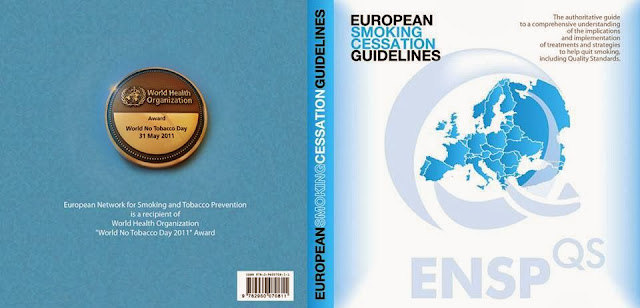Dear friends we are reproducing and supporting Letter to President of European Parliament about Philip Morris lobbying activities on the Tobacco Products Directive
Dear President Schulz,
We are writing to express our very deep concerns regarding the attempts by the tobacco industry lobby to derail vital public health legislation currently going through the Parliament.
As you will know, the EU is currently finalising the review of Tobacco Products Directive (TPD), a crucial piece of legislation
for protecting the public from tobacco (the largest preventable cause
of death and disease in the world). However, in recent weeks, European
news media such as The Guardian, Der Spiegel and Le Parisien have reported extensively about leaked documents which outline the lobbying strategies and activities of tobacco giant Philip Morris International to influence the European Parliament’s decision-making on the TPD. There is widespread concern that the decision to delay
the plenary vote on the TPD was a result of tobacco companies like
Philip Morris International and others using their economic and
political power to influence MEPs. The postponement of the vote is
widely believed to be part of a tobacco industry strategy to delay,
weaken or even derail the TPD. The leaked documents show that no less than 233 MEPs (almost one third of the Parliament) have been met by Philip Morris International lobbyists at least once. Several MEPs were listed as having had four or five such meetings.
This large number of meetings (which have taken place behind closed
doors, without any transparency such as the publication of minutes from
these meetings), constitutes a serious violation of the World Health Organization Framework Convention on Tobacco Control (WHO FCTC) Article 5.3 which is geared towards safeguarding public health policy-making from tobacco industry interference. FCTC Article 5.3 recognizes the fundamental and irreconcilable conflict of interest
between the tobacco industry and public health policy-making. It also
recognises that the tobacco industry has, for decades, been working
tirelessly to delay, block, and weaken life-saving health measures, like
those enshrined in the FCTC.
FCTC Article 5.3 requires all Parties, when deciding on their public health policies with respect to tobacco control to
“. . . act to protect these policies from commercial and other
vested interests of the tobacco industry in accordance with national
law”.
The WHO’s accompanying guidelines stipulate that decision-makers “should
interact with the tobacco industry only when and to the extent strictly
necessary to enable them to effectively regulate the tobacco industry
and tobacco products.”
The guidelines state that
“where interactions with the tobacco industry are necessary, Parties
should ensure that such interactions are conducted transparently”.
We are deeply concerned about the astounding level of access to MEPs by tobacco lobbyists
which has been exposed in the leaked Philip Morris International
documents. As President of the European Parliament, we consider that it
is your urgent responsibility to take determined action to ensure proper implementation of Article 5.3 of the FCTC,
in order to assure that the Parliament protects its decision-making
from tobacco lobby influence. This is crucial in order to protect public
health and the interests of EU citizens in strong tobacco regulation
and for the Parliament to fulfill its UN obligations.












